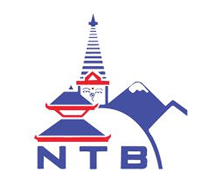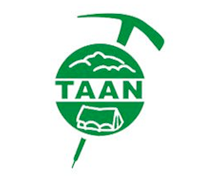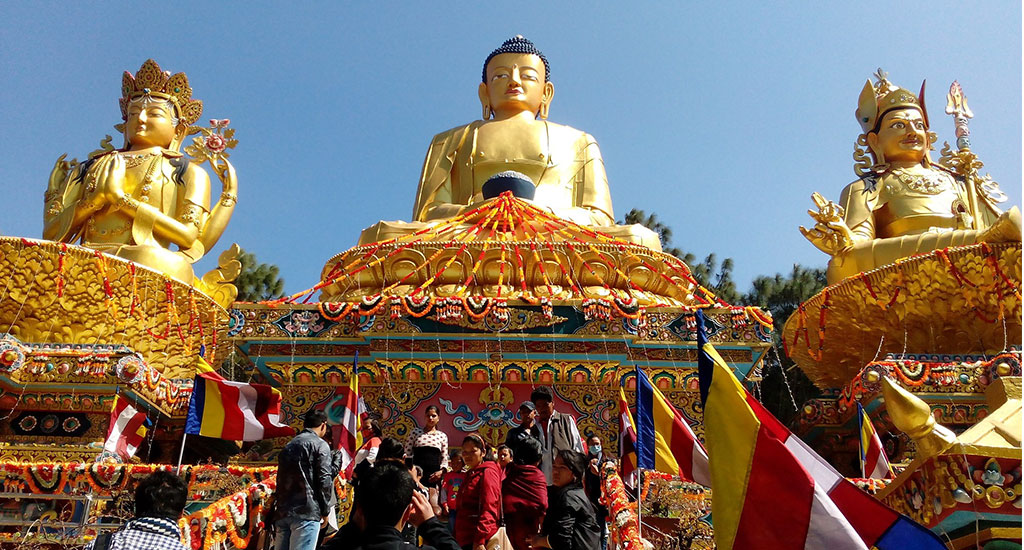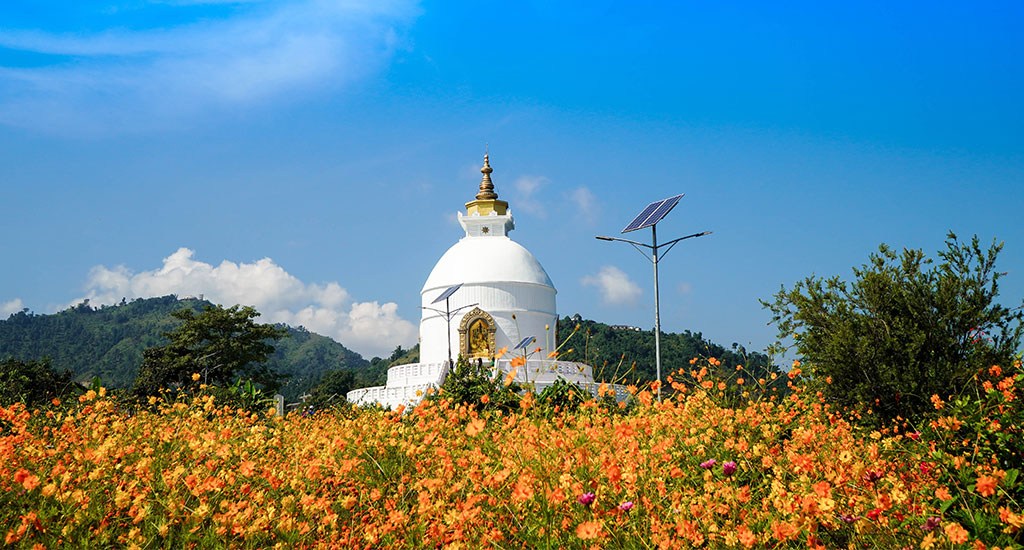Trip facts
Difficulty
Easy
Activity
Tour
Destination
Nepal
Max Altitude
105 m
Difficulty
Easy
Activity
Tour
Destination
Nepal
Max Altitude
105 m
Lumbini has many new monasteries occupied by different nations. Some notable ones are:
The Myanmar temple was built with the contribution from Burmese Buddhist. The monastery is an attractive big white structural monument with a golden pinnacle soaring into the sky.
The China temple, which is a very beautiful pagoda styled temple with many prayer and meditation cells.
The Korean Temple is a beautifully set temple having many remarkable images of Buddha.
This is the site marked by a certain stone pillar erected by the Indian Emperor Ashoka at about 245 B.C. The most important discovery in this place is a stone marked to suggest the exact birthplace of Buddha.
This temple, dedicated to the mother of lord Buddha- Maya Devi, was excavated a few years ago. Many sculptures and carving in which the figures and designs are only slightly projecting from their background are seen here.
This is the pond where Mayadevi is said to have had a bath before giving birth to Buddha.
Tilaurakot has been identified by archaeologists as the actual capital of Kapilvastu and the home of King Suddhodhan, father of Prince Siddhartha who later went on to become the Buddha. This is believed to be the place where Lord Buddha spent the first 29 years of his princely life. Chinese travelers who visited Tilaurakot more than 2500 years ago reported seeing numerous stupas, monasteries and palaces. The Chinese pilgrims Fa-Hien and Hiuen-Tsang noted that they saw Kapilvastu in complete ruins and counted 10 deserted cities within Kapilvastu. King Virudhaka, who massacred the Shakyas during the last days of Lord Buddha, is said to have destroyed the cities. It is located around 27 kilometers west of Lumbini and 3 kilometers from Taulihawa town, a joint effort by Nepali and Japanese archaeologists recovered the royal town of Tilaurakot.
Kudan is located around 4.5 kms south of Tilaurakot. It is a huge mound of structural ruins and a pond nearby appears to be the ruins of stupas and monasteries. There are believed to be the Kasaya Stupa, where a Kasaya (yellow robe worn by monks) was presented to Lord Buddha. This is where King Suddhodhana met Lord Buddha for the first time after he returned from cosmic enlightenment.
Gotihawa is located around 3 kms southwest of Taulihawa. This is an important religious site for the Buddhist world community and is also historically and archaeologically important. It is believed that Krakuchanda Buddha, who came before Shakyamuni Buddha, was born in Gotihawa and attained Nirvana there. Brick structures of stupas and monasteries can be seen in the area outside modern Gotihawa village. At the center of the main mound the remains of a broken Ashokan Pillar lie on a slab. Adjoining the pillar on the northeast side is a huge stupa with rings of wedge-shaped ancient bricks, identifying the Nirvana Stupa of Krakuchanda Buddha. The villages are still using an ancient well in the center of the village. The development of the site is believed to have started in the 6th century B.C.
Niglihawa is a significant archaeological site about 7 kms north of Taulihawa where the remains of a broken Ashokan Pillar lie close to a large pond. Emperor Ashoka built a stupa and set up a pillar when he visited the site during his pilgrimage. Discovered by renowned archaeologist, Dr. Alois Fuhrer in 1895, this pillar is 15 feet tall with inscriptions on its upper portion. It is believed that Kanakmuni Buddha was born, enlightened and met his father in this place and is regarded as a very important religious place for Buddhists and research scholars.
Sagarhawa is about 12 kms north of Taulihawa. Sagarhawa is the forest site where the ruins of an ancient pond were excavated in 1895. Archaeologists have identified this site as the "Palace of the Massacre of the Shakyas". The ruins of the ancient site lie on the west and south banks of the large rectangular pond locally known as Lumbu Sagar or long pong in Niglihawa Village.
Aurorakot is about 10 kms northeast of Taulihawa. Aurorakot is a large rectangular fortified area with the remains of an ancient moat and brick fortifications east of Niglihawa. A walled fortress in ancient times, this citadel was believed to be the natal town of Kanakmuni Buddha.
Devdaha, 54 kms east of Lumbini across the Rohini river, is the ancient capital of the Koliya Kingdom. It is the maternal hometown of Queen Mayadevi, Prince Siddhartha's mother, Prajapati Gautami, his stepmother, and Princess Yasodhara, his consort. This is where Prince Siddhartha spent his childhood. Seven years after his enlightenment, Lord Buddha visited Devdaha and ordained the followers of Jain Sadhu Nirgrantha Nathputra. There are several other sites around Devdaha such as Kumarbarti, Khayardanda, Bairimai/Kanyamai, Bhabanipur/Devidamar, Mathagadi (ancient weapons).
It is believed to be the maternal home of Buddha. This is where we can see the biggest stupa, with important relics. It is said that it was built around 600 B.C. Ramagram is a brick mound on the bank of the Jharahi River. It is a 7 meters high brick stupa containing one of the eight Astha Dhatu (relics) of Lord Buddha.
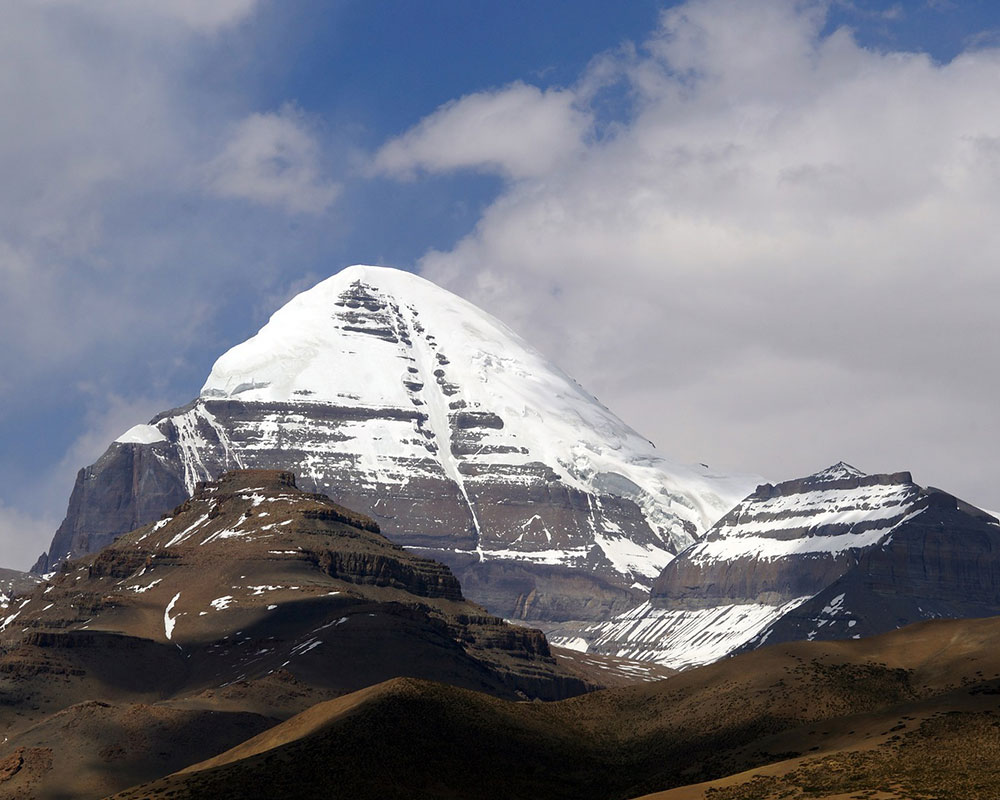
Tour
Duration
13 Days
Altitude
5,850m
Difficulty
Easy
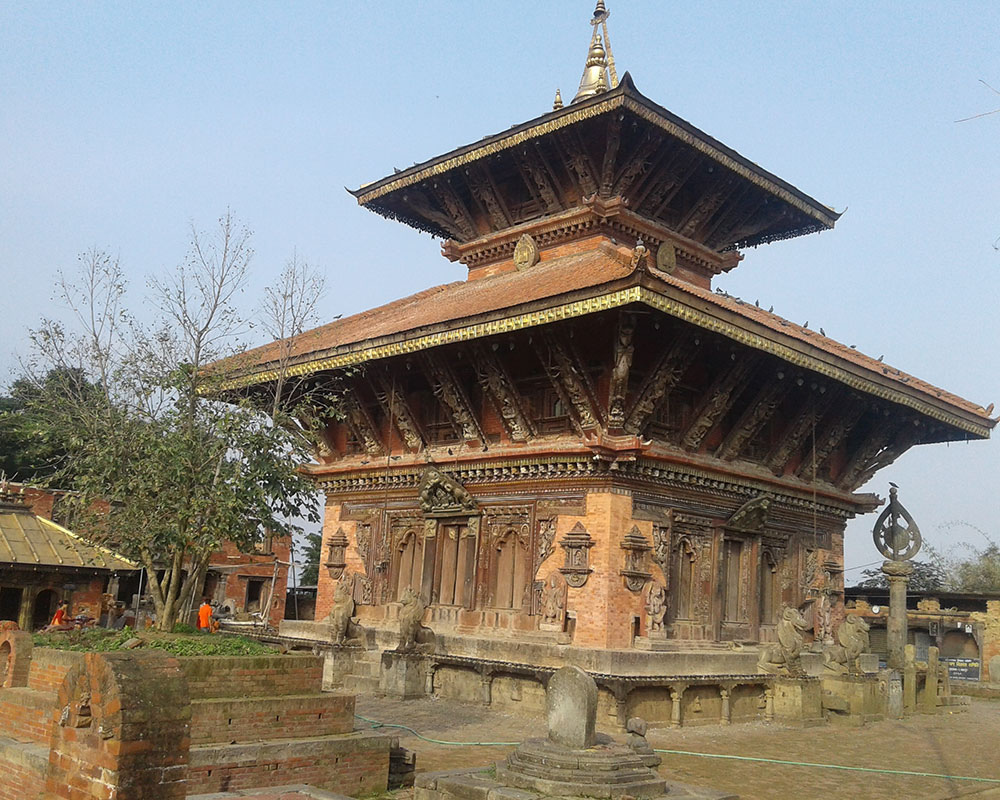
Tour
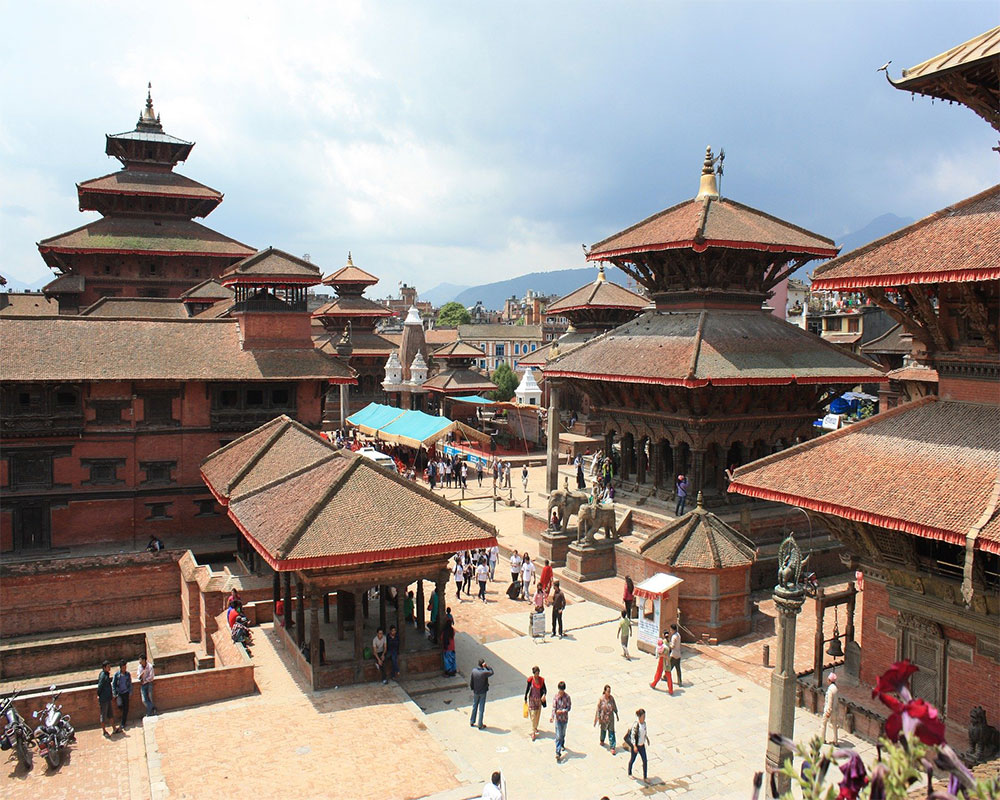
Tour
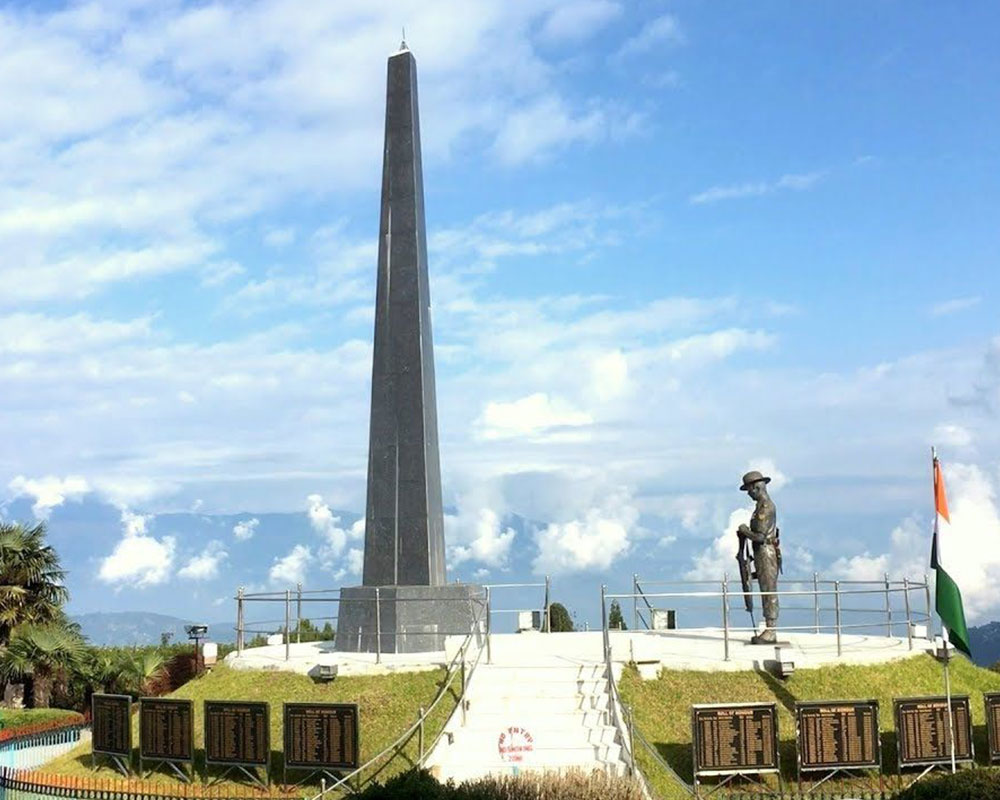
Tour
Duration
13 Days
Altitude
2,042.2 m
Difficulty
Easy

Tour
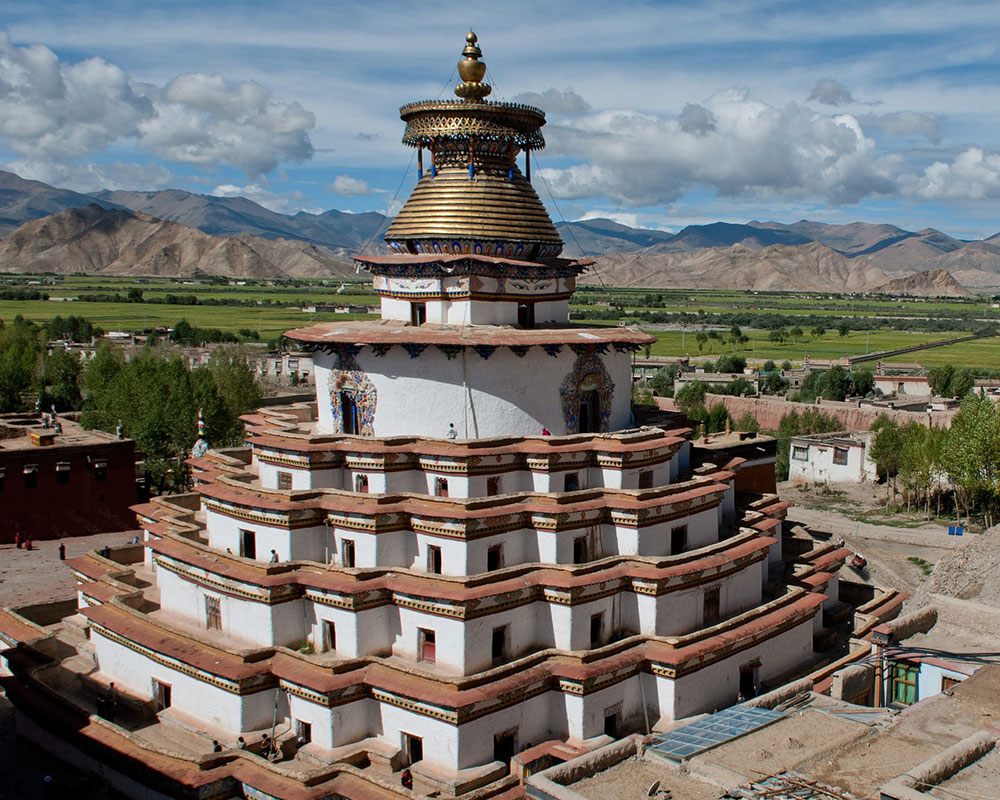
Tour

Website by Curves n’ Colors
